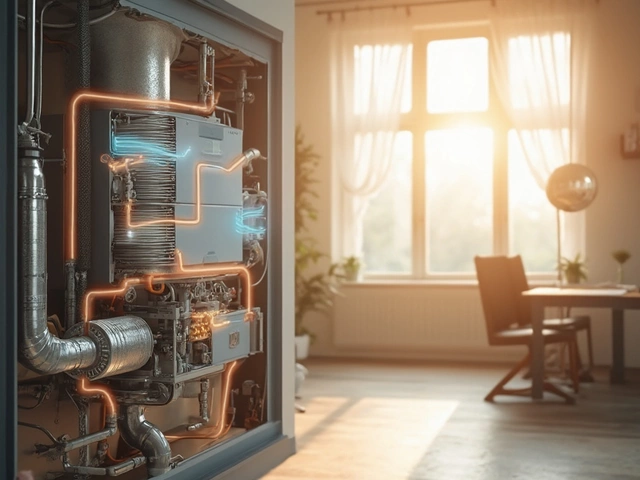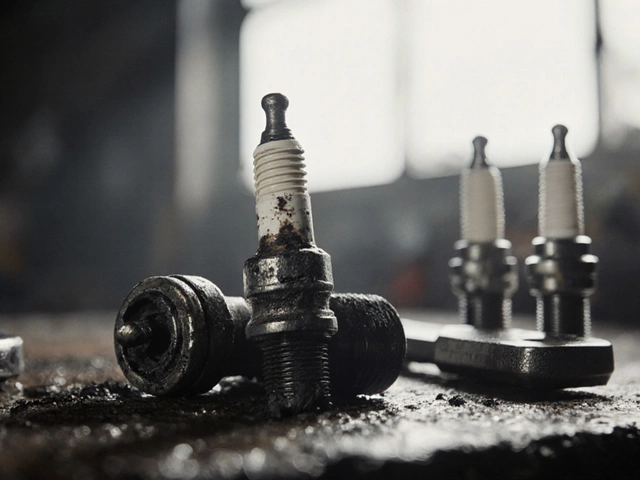Cool Car Air: Keep Your Ride Fresh and Efficient
Ever feel like the air inside your car is stale or the engine sounds like it’s working harder than it should? That’s usually a sign the air flow isn’t right. Whether you’re chasing a smoother ride, better fuel economy, or just a nicer smell, the right air care makes a big difference. Below you’ll find practical steps you can take today.
Why Air Quality Matters Inside Your Car
Bad cabin air affects more than comfort. Dust, pollen, and pollutants can irritate your lungs, especially on long drives. A clogged cabin filter forces the HVAC system to work harder, which means more fuel used and a hotter engine. Fresh air also helps the defrost function stay quick, keeping your windshield clear in rain or snow.
Engine intake air is the other half of the story. If the engine breathes dirty air, combustion isn’t as clean. That leads to reduced power, higher emissions, and wear on important parts like the turbo or fuel injectors. Simple upkeep of both cabin and engine filters keeps the whole car running smoother.
Choosing the Right Air Filter for Your Engine
When you shop for a new engine air filter, look at three things: size, material, and flow rating. The size must match the factory spec – check the owner’s manual or the old filter’s label. Paper filters are cheap and decent for everyday driving. Foam or cotton filters let more air through, which can boost power, but they need regular cleaning.
If you’re after a premium option, consider a high‑flow filter that claims better mileage. In real‑world tests, the gain is usually a few percent, but the trade‑off is a higher price and more upkeep. For most drivers, the stock‑size paper filter changed every 12‑15 000 miles is a solid choice.
Don’t forget the cabin filter. Most cars have a replaceable one behind the glove box or under the hood. Look for filters that combine activated carbon with pleated media – they trap odors as well as particles. Replace them every 12‑18 months, or more often if you drive in dusty areas.
Installation is a breeze. Most filters snap in place; just pop the old one out, line up the new filter, and click it back. If you’re using a reusable foam filter, clean it with a mild soap solution, let it dry completely, and re‑oil lightly before reinstalling.
Keeping the air paths clear goes beyond filters. Check the air intake ducts for leaves or debris, especially after off‑road trips. A quick visual inspection can prevent a clogged system that hurts performance.
Finally, make a habit of checking the air filter during regular service. When the mechanic changes the oil, ask them to peek at the filter condition. Spotting a dirty filter early saves you from costly engine wear later.
By staying on top of both cabin and engine air, you’ll enjoy cooler, cleaner rides, better fuel mileage, and a longer‑lasting engine. It’s a small effort that pays off every time you hit the road.
 26 February 2025
26 February 2025
Make Your Car AC Cold Again: Simple Solutions to Beat the Heat
If your car AC isn’t as cold as it used to be, don't sweat it. This article dives into common reasons why your car's AC may not be performing well and offers practical fixes. We’ll explore everything from low refrigerants to radiator issues and help you tackle the problem yourself. Get back to enjoying those cool rides, even on the hottest days. Fixing your AC might be easier than you think.
Latest Posts
-

Which Type of Air Filter Lasts the Longest?
-

Do You Feel a Difference After Changing Spark Plugs? Here’s What Really Happens
-

HVAC Air Filters: Which Type Gets Used the Most—and Why?
-

How to Determine if Your Suspension Needs Replacing
-

Can You Drive With Bad Suspension? Risks, Signs, and What Happens Next

0